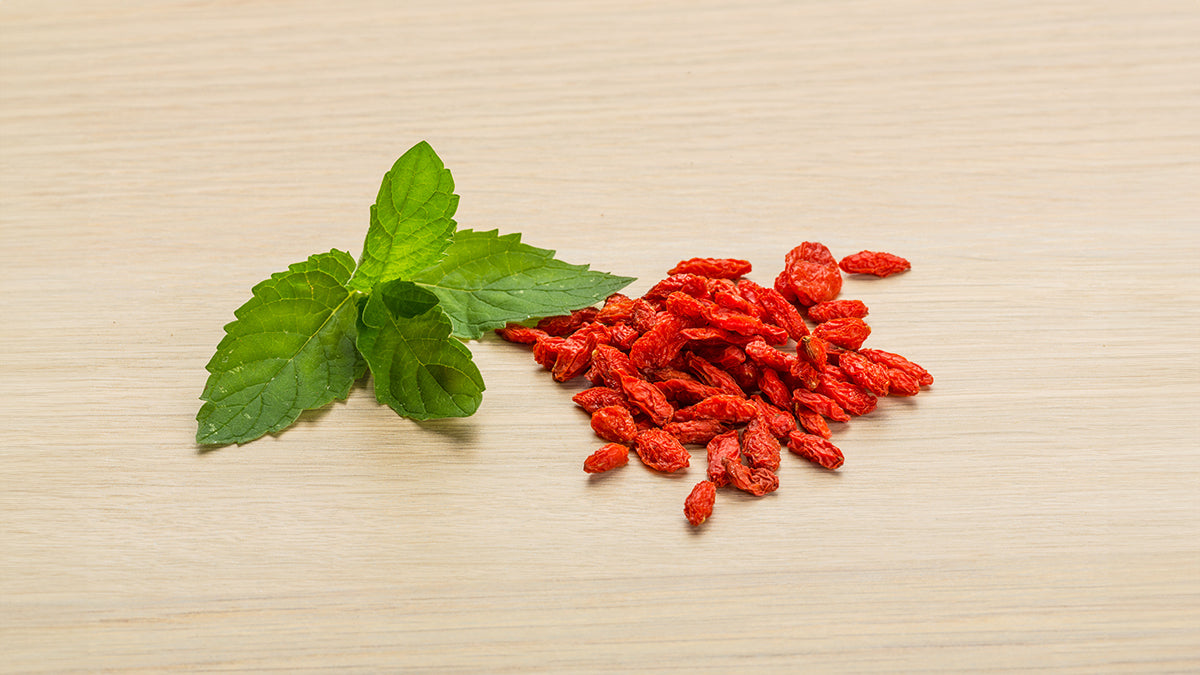The numerous benefits of berberine have recently gained plenty of attention among health professionals and researchers. However, despite its impressive therapeutic potential, one significant challenge has emerged: the limited bioavailability of berberine due to poor absorption in the gastrointestinal tract. Addressing this challenge is crucial to unlocking the full benefits of berberine supplementation.
In this blog, we will explore the benefits, absorption challenges and the innovative technology developed to enhance berberine's bioavailability for improved health outcomes.
What exactly is berberine?
Berberine (BBR) is a bioactive compound that exists in many traditional medicinal plants such as barberry and golden seal.
According to the research published so far, berberine shows remarkable anti-inflammatory, antioxidant and cell survival properties.1
Studies indicate that berberine may help regulate blood sugar levels by increasing insulin sensitivity, promoting glucose uptake in cells, and inhibiting enzymes involved in glucose production in the liver. This makes berberine a promising natural supplement for individuals with diabetes or insulin resistance.2
Additionally, berberine has demonstrated the potential to support cardiovascular health. Researchers have shown that berberine may help lower cholesterol levels, reduce blood pressure, and improve overall heart function. Its antioxidant and anti-inflammatory properties may also contribute to cardiovascular protection by reducing oxidative stress and inflammation in the body.3
Moreover, berberine has been studied for its antimicrobial properties, making it effective against various bacterial, viral, and fungal infections. It has also shown potential in supporting digestive health by promoting the balance of gut microbiota and alleviating gastrointestinal issues such as diarrhea and irritable bowel syndrome (IBS).4,5
Understanding the challenges of berberine supplementation
One of the primary challenges associated with berberine supplementation is its limited bioavailability, primarily due to poor absorption in the gastrointestinal tract. Berberine is also subject to rapid metabolism in the liver, which further reduces its bioavailability. As a result, a significant portion of orally administered berberine is typically excreted from the body without being absorbed, limiting its therapeutic efficacy. This results in an absolute bioavailability of berberine that is far less than 1%.6
Additionally, berberine can have gastrointestinal side effects such as diarrhea, cramping, and nausea, especially when taken in high doses.7 These challenges underscore the need for innovative strategies to enhance the absorption and bioavailability of berberine to maximise its health benefits while minimising potential adverse effects.
Phytosome® delivery is the solution!
The main challenge regarding the poor bioavailability and side effects of berberine is its low water solubility. Therefore, enhancing the water solubility of berberine is crucial to maximising its therapeutic effects and benefits.
Phytosome® is a breakthrough technology that greatly improves the water solubility, absorption and bioavailability of berberine.
By complexing berberine with phospholipids, the bioactive compound is surrounded and bound by a structure similar to a cell membrane. This enhances the solubility of berberine in both water and lipids, which facilitates its absorption across biological membranes into the body’s cells. This improved absorption and cellular uptake means a greater proportion of berberine reaches the systemic circulation and is available for physiological action.
What makes Phytosome® delivery unique?
The Phytosome® delivery system is specifically designed according to the properties of berberine with 3 innovative features:
Firstly, pea proteins are used as carriers within the Phytosome® matrix. This natural, stable and biocompatible material enhances the dispersion of berberine in the phytosomal matrix and further improves its bioavailability.
Secondly, the Phytosome® delivery system uses Berberis aristata raw extract, which is more soluble than pure berberine.
Thirdly, grape seed extract is incorporated as a powerful, natural antioxidant to protect the intestinal mucosa against the known gastrointestinal adverse effects of traditional berberine, optimising its tolerability.
Conclusion
Berberine represents a valuable natural compound with diverse health benefits including metabolic wellbeing, cardiovascular health, digestive support, weight management and anti-inflammatory and antioxidant effects. However, its therapeutic potential is hindered by poor bioavailability.
By addressing the challenge of limited absorption through innovative solutions like Phytosome® delivery, we can unlock the full potential of berberine supplementation.
The use of pea protein as a carrier within the Phytosome® matrix, alongside Berberis aristata raw extract and grape seed extract, offers a promising approach to enhance berberine's absorption and efficacy while optimising tolerability.
Phytosome® technology holds the key to maximising the health benefits of berberine and improving overall wellbeing for individuals seeking natural solutions to support their health goals.
Written by, Lyndall Wright.
References
- Ai X, Yu P, Peng L, Luo L, Liu J, Li S, Lai X, Luan F, Meng X. Berberine: A Review of its Pharmacokinetics Properties and Therapeutic Potentials in Diverse Vascular Diseases. Front Pharmacol. 2021 Nov 3;12:762654. doi: 10.3389/fphar.2021.762654. PMID: 35370628; PMCID: PMC8964367.
- Xinmei Xu, Huan Yi, Jiasi Wu, Tingting Kuang, Jing Zhang, Qi Li, Huan Du, Tong Xu, Guihua Jiang, Gang Fan. Therapeutic effect of berberine on metabolic diseases: Both pharmacological data and clinical evidence, Biomedicine & Pharmacotherapy, Volume 133, 2021, 110984, ISSN 0753-3322, https://doi.org/10.1016/j.biopha.2020.110984.
- Lele Yang, Wenyu Zhu, Xiaobo Zhang, Xin Zhou, Wenbin Wu, Tao Shen. Efficacy and safety of berberine for several cardiovascular diseases: A systematic review and meta-analysis of randomized controlled trials, Phytomedicine, Volume 112, 2023, 154716, ISSN 0944-7113, https://doi.org/10.1016/j.phymed.2023.154716.
- Kosalec, I., Jembrek, M.J., Vlainić, J. (2022). The Spectrum of Berberine Antibacterial and Antifungal Activities. In: Rai, M., Kosalec, I. (eds) Promising Antimicrobials from Natural Products. Springer, Cham. https://doi.org/10.1007/978-3-030-83504-0_7
- Wu S, Yang K, Hong Y, Gong Y, Ni J, Yang N, Ding W. A New Perspective on the Antimicrobial Mechanism of Berberine Hydrochloride Against Staphylococcus aureus Revealed by Untargeted Metabolomic Studies. Front Microbiol. 2022 Jul 13;13:917414. doi: 10.3389/fmicb.2022.917414. PMID: 35910599; PMCID: PMC9328669.
- Habtemariam S. The Quest to Enhance the Efficacy of Berberine for Type-2 Diabetes and Associated Diseases: Physicochemical Modification Approaches. Biomedicines. 2020 Apr 18;8(4):90. doi: 10.3390/biomedicines8040090. PMID: 32325761; PMCID: PMC7235753.
- Li MF, et al. Evid Based Complement Alternat Med. 2018:2532935.(2018).
- Ma, Bing-Liang, et al. Scientific reports 6.1:1-11. (2016).




Leave a comment
This site is protected by hCaptcha and the hCaptcha Privacy Policy and Terms of Service apply.